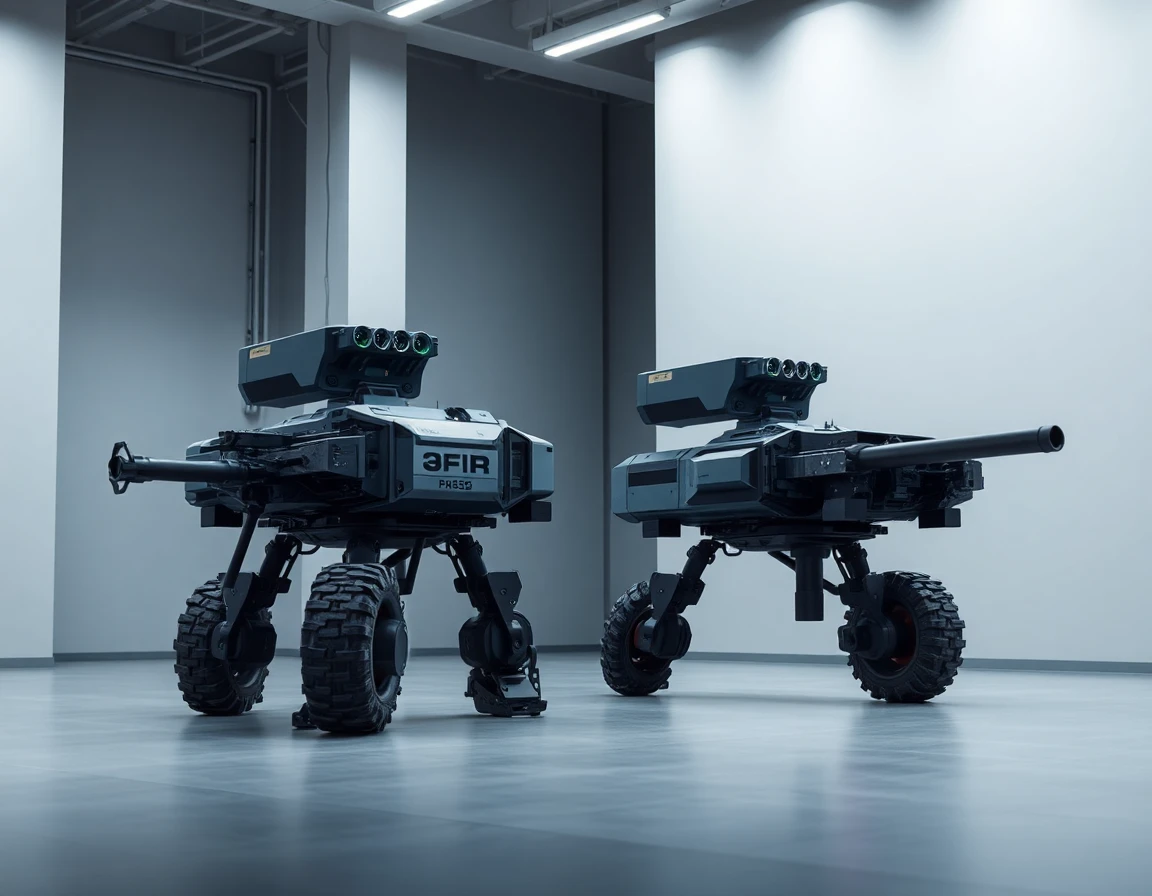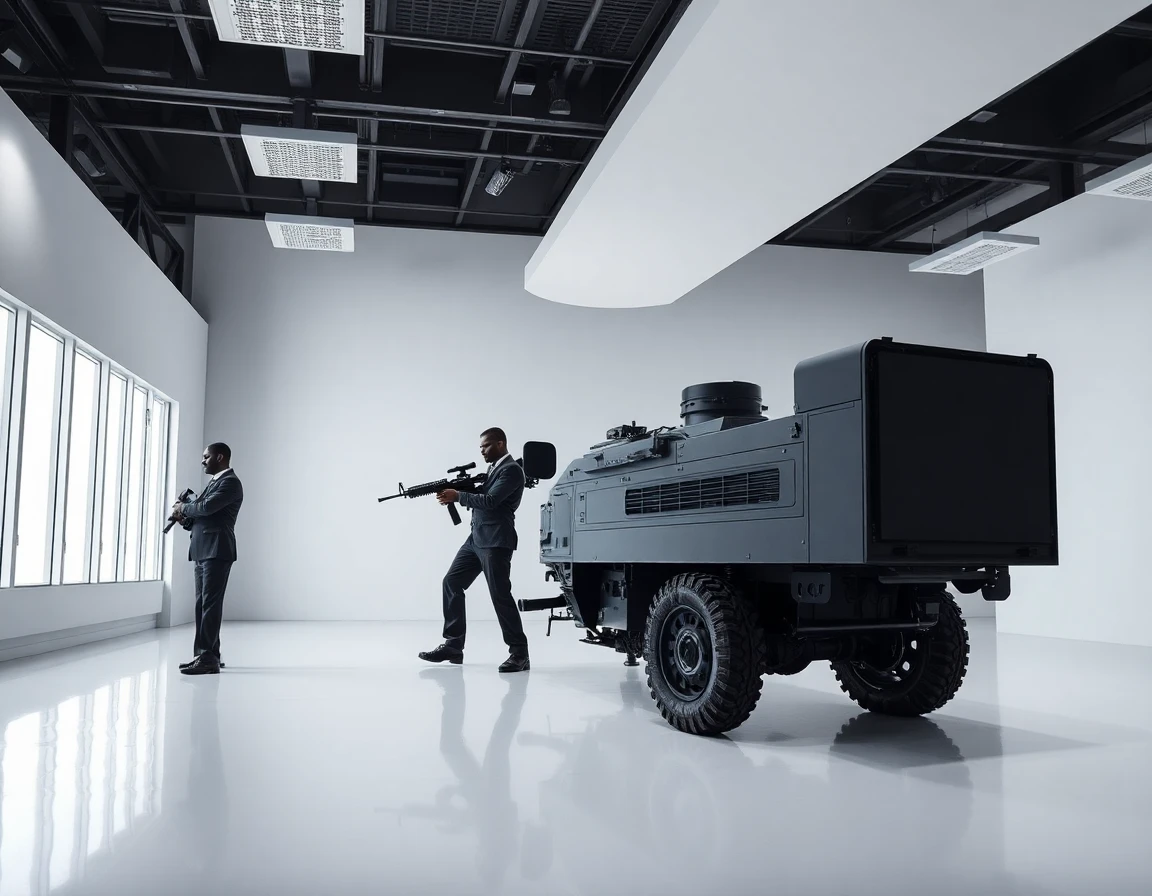In recent years, the defense industry has witnessed a significant shift towards the integration of artificial intelligence (AI) in military operations. This has been particularly evident in the development and deployment of autonomous defense systems, which leverage advanced algorithms and machine learning to enhance surveillance, target acquisition, and tactical decision-making. The latest field testing results indicate that these technologies are not only enhancing operational efficiency but also redefining the landscape of modern warfare.
Latest Field Testing Results
Recent field tests of AI-powered autonomous defense systems have demonstrated their ability to operate independently in complex environments. These systems can analyze vast amounts of data from various sources, including radar systems, to identify potential threats with remarkable speed and accuracy. The ability to process real-time information enables these systems to make informed decisions without human intervention, significantly reducing response times in critical situations.
According to Dr. Emily Carter, a senior defense analyst at the Global Defense Institute, “The latest tests showcase the intelligence of these autonomous systems. They are not merely automated machines; they can adapt, learn, and improve their operational strategies based on the scenarios they encounter.” This adaptability is crucial in the fast-paced and unpredictable nature of modern combat environments.
Technical Specifications and Capabilities
Autonomous defense systems are equipped with cutting-edge technologies, including advanced sensors, AI algorithms, and integrated communication platforms. For instance, many systems utilize tri-axis quartz MEMS gyroscopes, such as the Compact Guidance Control Unit, to ensure precise navigation and stability during operations. This compact design allows for seamless integration into various platforms, enhancing their guidance capabilities during field tests.
Additionally, the JDWZZ3411 System, known for its high-performance dual-axis MEMS gyroscope, provides crucial angular rate measurements necessary for maintaining stability and control in dynamic environments. These specifications highlight the importance of precision in autonomous systems, which directly impacts their effectiveness in real-world scenarios.
Industry Context and Analysis
The emergence of autonomous defense systems is not just a technological advancement; it represents a fundamental shift in military strategy. As nations invest heavily in hypersonic systems and advanced weaponry, the need for rapid, autonomous decision-making becomes paramount. Autonomous systems can operate in high-risk environments, providing commanders with a strategic advantage while minimizing human casualties.
Furthermore, the integration of AI in defense systems aligns with the broader trend towards digital transformation within the military. As noted by military strategist Colonel James Anderson, “AI is the new frontier in warfare. Those who embrace it will shape the future of conflict.” This sentiment underscores the urgency for defense contractors to innovate and adapt to these technological advancements.
Potential Impacts on Modern Warfare
The deployment of autonomous defense systems is expected to have far-reaching implications for military operations. For instance, these systems can conduct surveillance missions in hostile territories without risking human lives, thus altering the calculus of military engagements. They also facilitate the development of multi-domain operations, where ground, air, and naval forces can seamlessly coordinate through shared AI-driven systems.
Moreover, the ethical implications of using autonomous systems in combat are a subject of ongoing debate. The potential for machines to make life-and-death decisions raises questions about accountability and moral considerations in warfare. Experts like Dr. Sarah Thompson, an ethicist in military technology, argue, “While the benefits are substantial, we must ensure that human oversight remains a critical component of autonomous operations. The moral responsibility should not be abdicated to machines.”
Future Developments and Challenges
Looking ahead, the evolution of autonomous defense systems will likely focus on enhancing their capabilities and ensuring their reliability in diverse operational scenarios. Continuous advancements in AI, machine learning, and sensor technology will drive innovation, enabling these systems to tackle increasingly complex tasks.
However, challenges remain. Cybersecurity threats pose significant risks to the integrity of autonomous systems. As they become more interconnected, the potential for cyberattacks increases, necessitating robust security measures to protect military assets. Additionally, regulatory frameworks governing the use of autonomous systems in conflict will need to evolve to address ethical concerns and accountability.
Conclusion
The rise of autonomous defense systems marks a pivotal moment in the evolution of military capabilities. As these technologies continue to advance, they promise to enhance operational efficiency and effectiveness while posing new challenges for military ethics and cybersecurity. The integration of AI in defense strategies is set to redefine the future of warfare, making it imperative for stakeholders in the aerospace and defense industry to remain vigilant and adaptive.
In conclusion, as the field undergoes rapid transformation, the focus will remain on how autonomous defense systems can be developed responsibly and with the necessary safeguards to ensure they serve human interests in the complex landscape of modern warfare.



